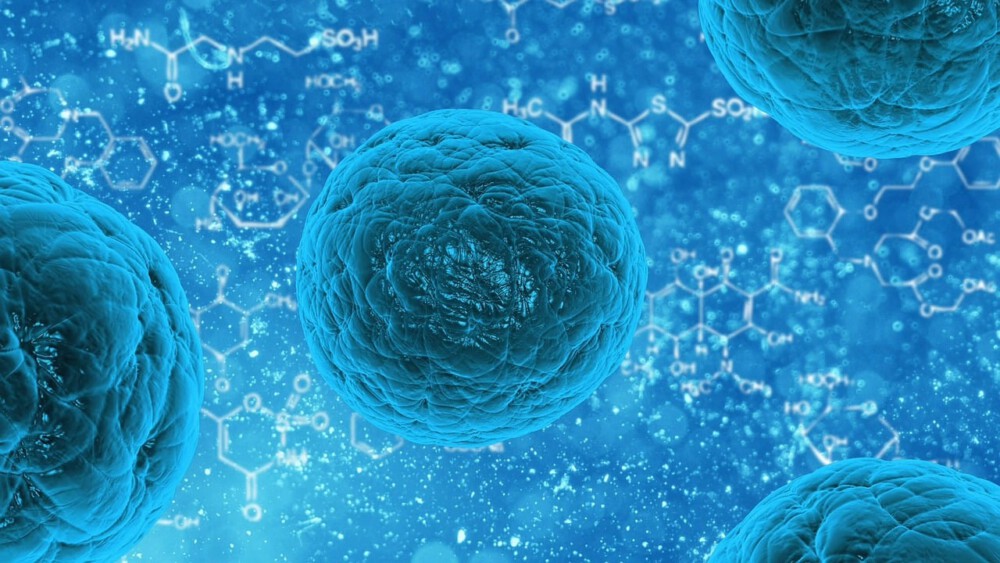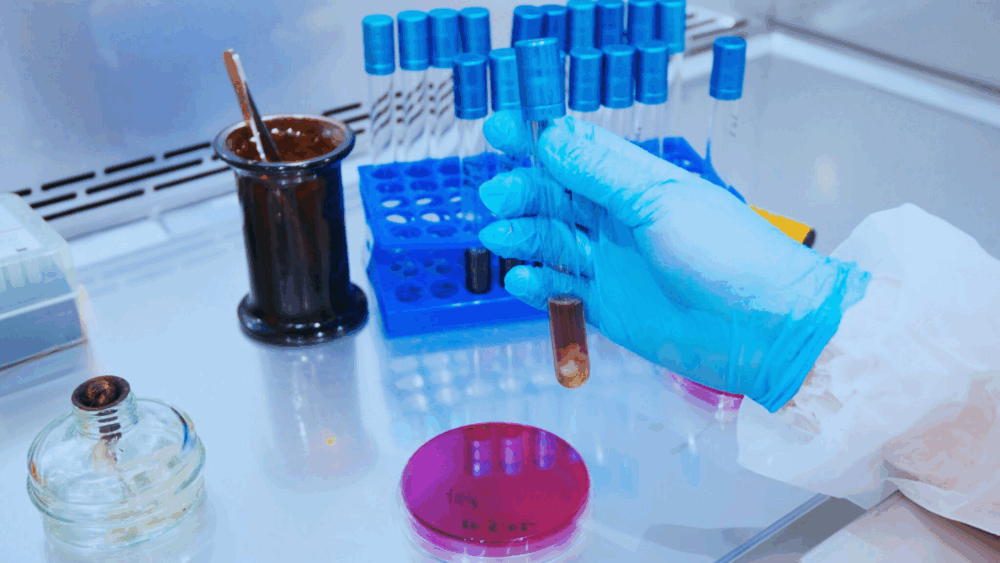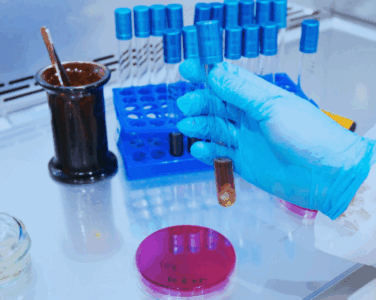Microbiological control is a critical stage in the manufacturing and release of cosmetic products. It ensures that products are safe for use, free from pathogenic microorganisms, and compliant with current international regulations. In this article, we explore the methods, standards, and microbiological limits that govern quality control in cosmetics, emphasizing their importance for consumer safety and compliance with Regulation (EC) No. 1223/2009.
Why Microbiological Control Is Essential in Cosmetics
Cosmetic products can be contaminated at various stages of their lifecycle: during production, packaging, storage, or use by the consumer. Such contamination can compromise the product’s stability, effectiveness, and safety.
The main goals of microbiological control are:
- Detecting the presence of potentially harmful microorganisms.
- Verifying that the microbial load is within acceptable limits.
- Ensuring product quality before market release.
Additionally, it is a legal requirement under Regulation (EC) No. 1223/2009, which mandates the development of a Cosmetic Product Safety Report (CPSR), including microbiological quality.

Applicable ISO Standards for Microbiological Control in Cosmetics
Several international standards standardize microbiological analysis methods in cosmetic products:
- 1- ISO 17516:2014 – Microbiological limits for cosmetic products. Establishes maximum permissible limits and requires the absence of specific pathogens.
- 2- ISO 21148 – General guidance on microbial count methods in cosmetics.
- 3- ISO 16212 – Detection of yeasts and molds.
- 4- ISO 21150 – Detection of Escherichia coli.
- 5- ISO 22718 – Detection of Staphylococcus aureus.
- 6- ISO 21149 – Detection of Pseudomonas aeruginosa.
These standards define detailed procedures for sample preparation, selection of culture media, incubation conditions, and result interpretation.
Microbiological Limits According to ISO 17516:2014
This standard establishes the following maximum limits for finished cosmetic products:
| Product type | Total aerobic count (CFU/g or mL) | Yeast and mold count (CFU/g or mL) | Specific pathogens required to be absent |
| Cosmetics for children <3 years or mucosa | ≤ 100 | ≤ 100 | Mandatory absence |
| Cosmetics for healthy skin | ≤ 1000 | ≤ 1000 | Mandatory absence |
The specific pathogens that must be absent are:
- Staphylococcus aureus
- Escherichia coli
- Pseudomonas aeruginosa
- Candida albicans
Detection of any of these microorganisms means the batch is non-compliant.
Common Analytical Methods
Laboratories use various techniques depending on the type of analysis:
- Plate count (classic method) for bacteria, molds, and yeasts.
- Membrane filtration for liquids or products with low microbial load.
- Alternative rapid methods (ATP bioluminescence, PCR, etc.) validated according to ISO 18415.
ISO 21148 provides comprehensive guidance on general methods applicable to cosmetics.
Workflow of Microbiological Control in an Accredited Laboratory
- Sample reception: integrity is verified and a sample code is assigned.
- Preparation: dilutions, preservative neutralization, media selection.
- Inoculation and incubation: under specific conditions depending on the target microorganism.
- Reading and interpretation: colony counting, morphological and biochemical identification.
- Final report: comparison with established limits, conclusion on batch compliance.
This process must be performed by competent laboratories, ideally accredited under ISO/IEC 17025, such as SHAPYPRO.
Frequency of Microbiological Testing
Microbiological testing is recommended:
- For every finished product batch.
- Periodically on raw materials and packaging.
- During stability and compatibility studies.
- As part of Good Manufacturing Practice (GMP) internal control plans (ISO 22716).
SHAPYPRO Services for Microbiological Control of Cosmetics
At SHAPYPRO, we offer a comprehensive microbiological analysis service in accordance with ISO standards:
- Total aerobic microbial counts for bacteria, molds, and yeasts.
- Specific detection of mandatory pathogens.
- Tests according to ISO 17516, 21148, 16212, 21149, 21150, and 22718.
- Detailed reports and full traceability of the analysis.
We also support our clients with:
- Batch compliance evaluation.
- Result interpretation for CPSR.
- Implementation of internal control plans.
Please contact us for more information.
Conclusion
Microbiological control of cosmetic products is a regulatory requirement and an essential guarantee for consumer safety. Proper implementation helps identify risks, ensure quality, and comply with legal obligations under Regulation (EC) No. 1223/2009.
Working with specialized laboratories like SHAPYPRO ensures reliable results and compliance with international standards.


